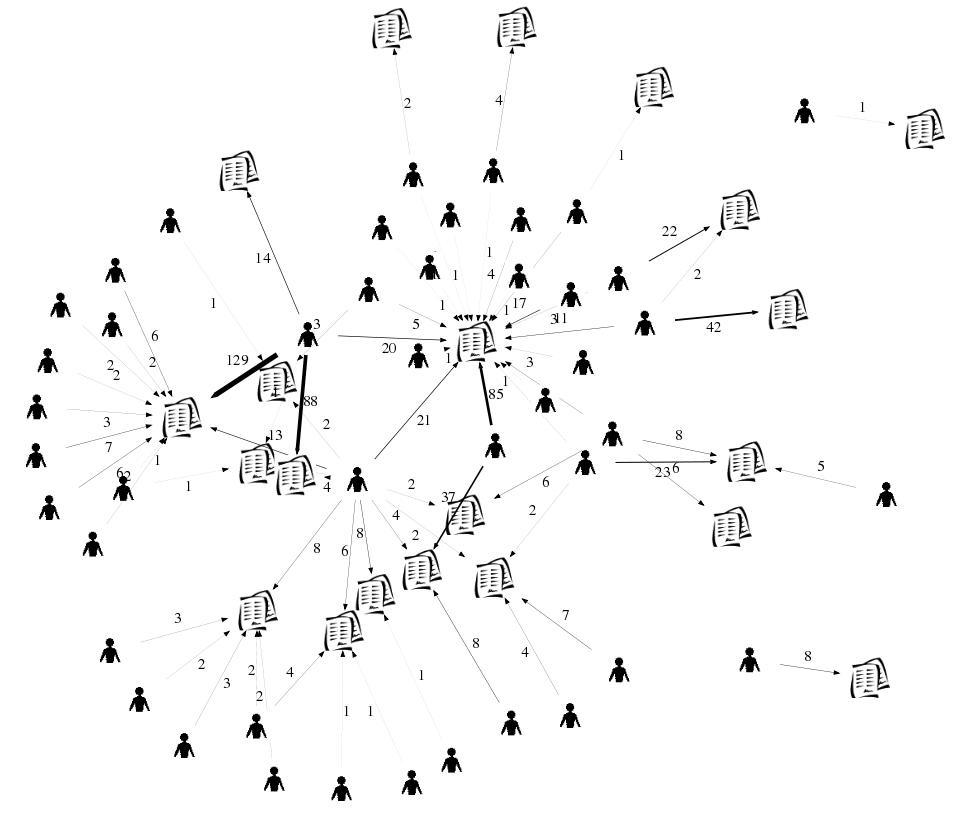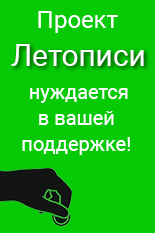How to write a scientific paper/Template
Содержание |
Title Automatically generated diagrams to think and discuss with
Automatically generated diagrams help teachers and students discuss collaboration
Automatically generated diagrams to think with about collaboration
Abstract
Maps and diagrams have long been used by science and education. The results and achievements of geography, astronomy, biology, economics have always been presented in the form of maps. Modern methods and tools of the network science allow a deeper understanding of collaboration, representing relations between agents of activity as a map. For many collaborative educational systems maps of relations between agents and activity products are built automatically. However, these diagrams are not used in educational practice. The present paper presents examples of the translation of automatically generated diagrams into stories about the collaborative activities of students and teachers.
Key words
Productive agency, constructionism, sociogram, wiki, hand-made science, history of making, dynamic sociograms, students as a scientists
Introduction
Productive agency aka constructionism
Storytelling and Proto-narrative
Methods
Wikigragms
how sociograms work - how we create all these stories
Results
Story of just-so-stories making
Once, one teacher, acting on a wiki under a nickname named Professor Pchelkin, decided to write a collective fairy tale with students. He prepared the pages for possible heroes of this tale and tagged these pages with a general category tag. Then the teacher invited students to work on a common fairy tale. As a rule, an individual student worked on a separate page under the supervision of a teacher. There were only 3 cases when the students independently invented their own characters and worked on the pages of these characters on their own. As a result of such an organization of activity, a relationship map was formed - a proto-narrative describing cases of centralized control. For all such cases, it is obvious that without a key player, nothing on the playing field would have happened, and there are almost no connecting elements between the participants.

Caption - Figure 1 Structure
100 important thing to do
The second time, Professor Pchyolkin decided to collect descriptions of important things that a person must do before he turns 14 years old. The professor created a template for describing these cases and several pages with examples. After that, the Professor only observed how the activity developed on the field designated by him. New unexpected growth points of new unrelated practices began to appear on the map. For example, at the top of the map are practices related to younger students, and at the bottom of the map are environmental practices.

Caption - Figure 3 Structure
MakeR story
For the third time, Professor Pchyolkin created a page and a MakeR category and invited participants to collect materials related to maker's activities in this category - recipes for creating toys, tips on working with pieces of fabric. This time, the Professor acted as a metadesigner and did not seek to be at the forefront. He invited not only students, but also his colleagues to participate in a network project. As a result of such an organization of activity, a map was formed, at the center of which there is not the key player - the organizer, but the main connecting object of activity. In addition, we see several such objects, around which teams of participants are united. Of particular interest is the figure of the participant on the left side of the screen. This player’s enthusiasm for editing pages is indicated by the thickness of the edit arrows — he edited his pages 88 and 129 times.

Caption - Figure 3 Structure
Discussion
Past tense
We examined the qualities of wiki group writing products by analyzing features of rhetorical structure, coherence, and accuracy, supplemented with the scores given by two raters.
We also explored the connections between writing products and patterns of interaction in the wiki writing task environment.
Present tenses
Teaching is an interactive act. In the classroom, communication between the teacher and pupils goes on constantly as initiatory or responsive acts. This communication is called “interaction”.
The teacher initiates interactions with the whole group of students and with individuals, right from the beginning of a language course.
The teacher interacts with the whole class.
Pupils interact with each other: in groups, in pairs, as individuals or as a class.
Pupils work with materials or aids and attempt the task once again individually, in groups and so on.
Teacher interact with individual pupil.
in future tense
- A number of activities can be used to prepare students to understand the use of language. The most common activity in a language classroom especially where language is taught through literature and language skills is to ask students to relate their own knowledge and experiences to the topic. The teacher should provide them with worksheets involving quiz, questionnaire, sentence stems to completed, statements to be discussed and the four language skills’ exercises.
